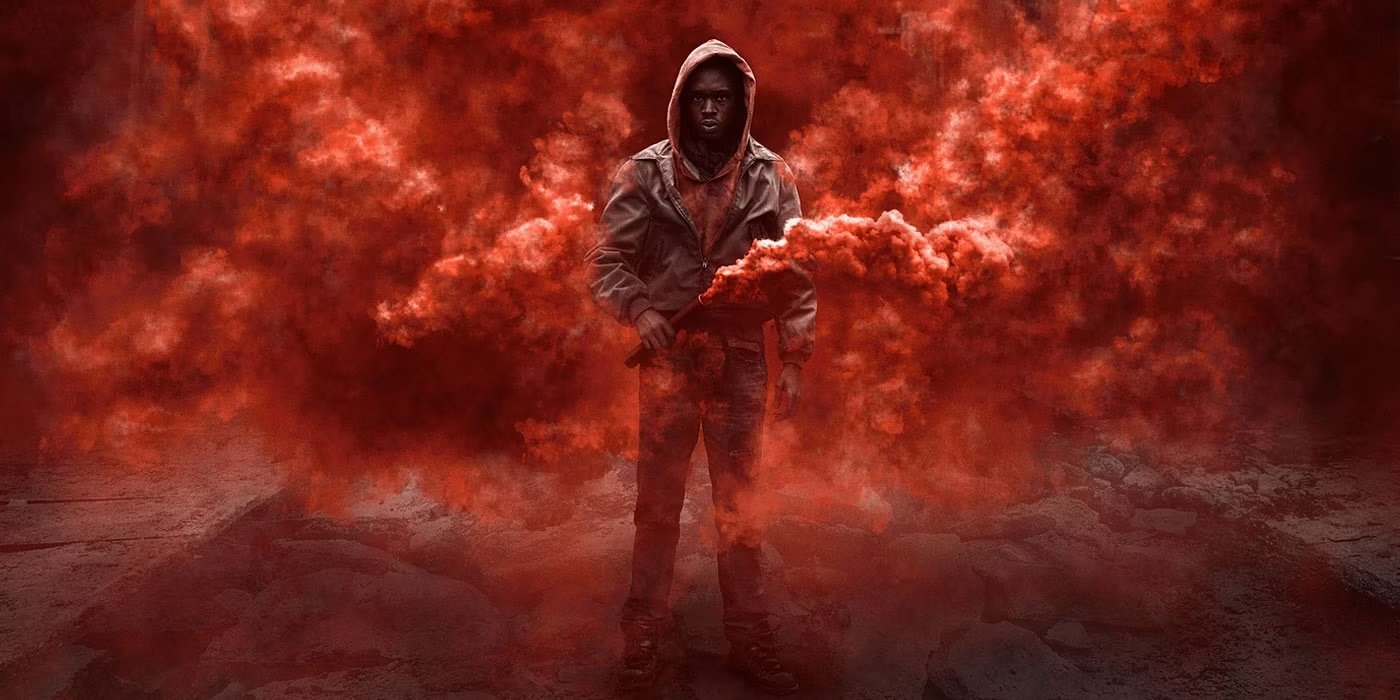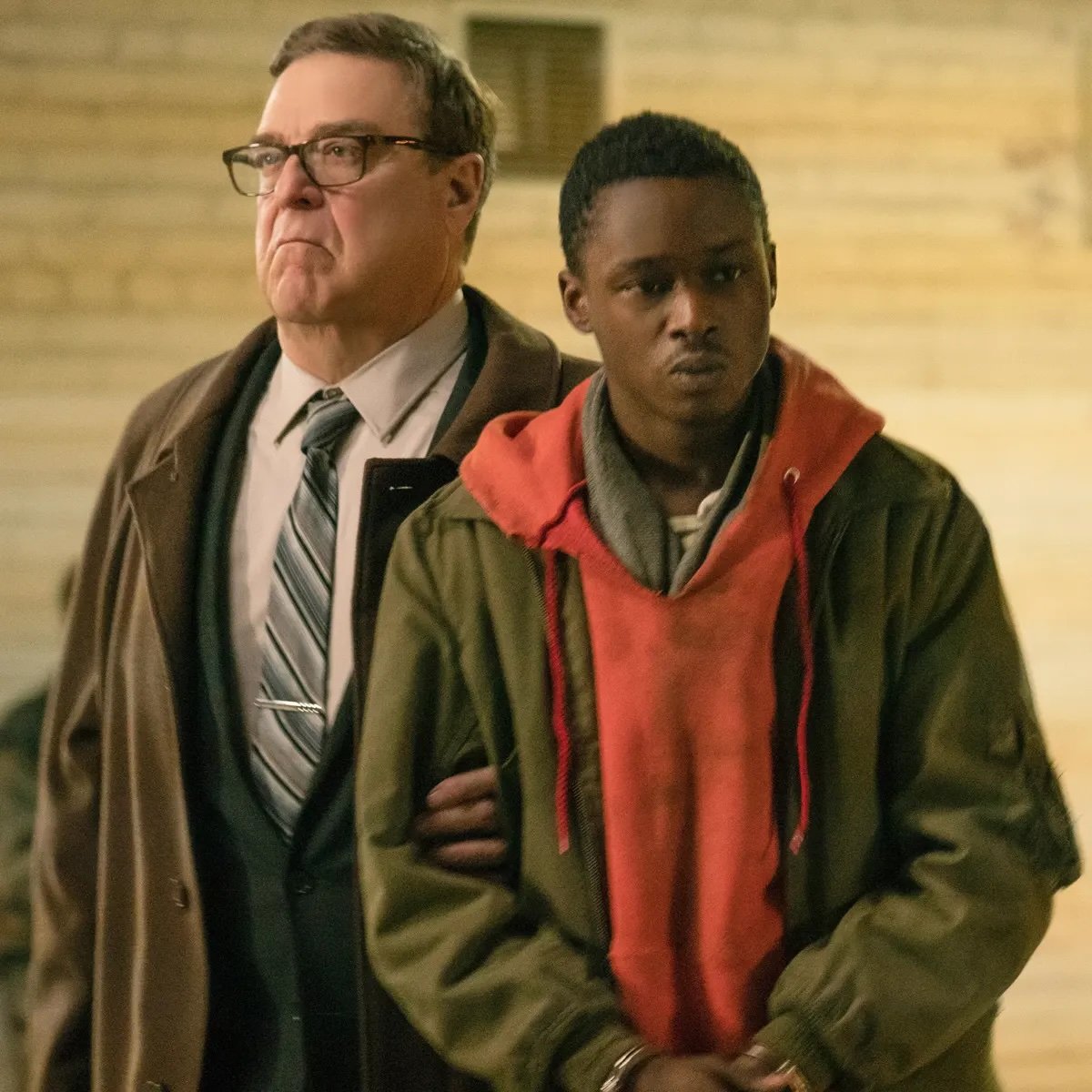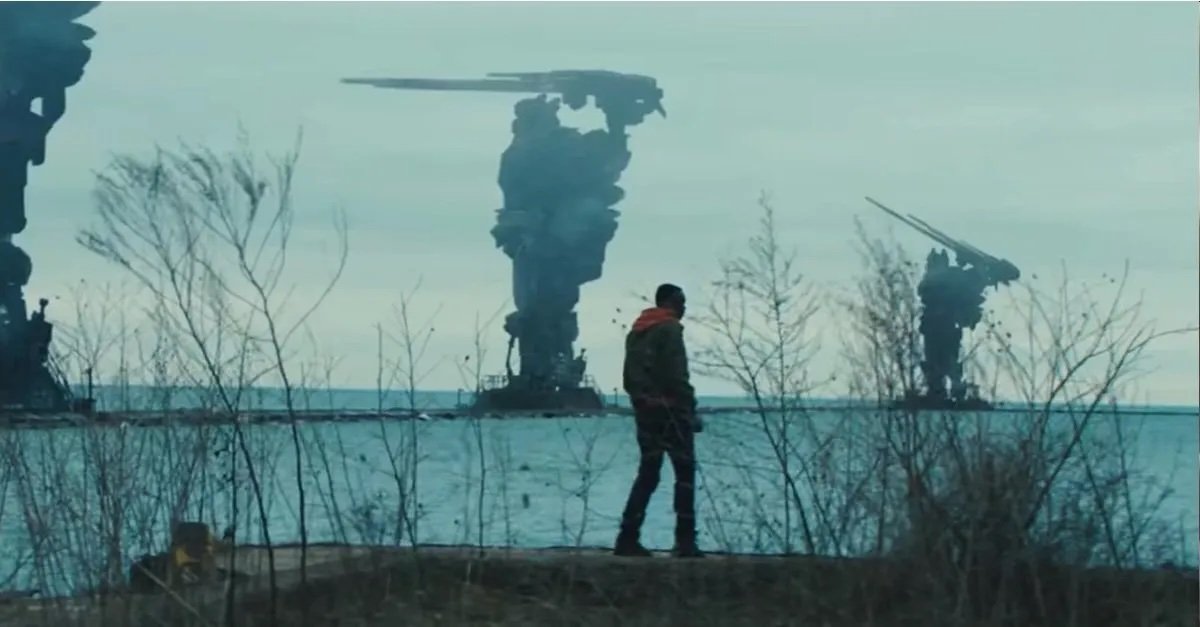After 2011’s critically well-received Rise of the Planet of the Apes was a surprise hit, director Rupert Wyatt became a hot name in Hollywood. Unfortunately, he hasn’t really been able to follow up on that success. That being said, RotPotA worked well enough for me that I was willing to give 2019’s Captive State a shot, despite bombing at the box office and receiving mixed reviews. A high-concept sci-fi thriller with some subtext about the surveillance state, climate change, and political activism, it doesn’t quite come together where it needs to. However, I still enjoy it for its unconventional approach and general intensity. March 15th sees the film celebrate its fifth anniversary, so let’s take a look back.
Captive State begins with a prologue set in 2017 when technologically advanced extraterrestrial invaders quickly conquer the planet. A young couple tries to escape from Chicago where martial law has been imposed. After ramming through a police roadblock, they are disintegrated in front of their two sons by alien enforcers.
We then jump to “present day” 2026 Chicago, where the aliens, now known as the Legislators, have Earth under their complete control. Society has continued on, albeit in the form of a police state enforced by human collaborators. Though war and violence have essentially ceased, other ills flourish as it’s hinted that the invaders are stripping the planet of its natural resources. Various threads are tensely woven together as an underground resistance force plans a strike meant to inspire a planet-wide rebellion against the conquerors while human collaborators rush to stop them, hoping to preserve the status quo while preventing loss of life.
We follow an ensemble cast navigating this dangerous new world including methodical police commander William Mulligan (an understated John Goodman), the young and rebellious Gabriel Drummond (Ashton Sanders), and key member of the resistance Rafe Drummond (Jonathan Majors). There are also smaller but not inconsequential roles for Vera Farmiga as a mysterious prostitute, Kevin Dunn as a bootlicking police commissioner, James Ransone as a bomb-making member of the underground, Alan Ruck as a newspaper staff member, rapper Machine Gun Kelly as Gabriel’s best friend, and Kevin J O’Connor as a member of a resistance sleeper cell.
Performances are grounded and believable. Goodman is great as the confident cop but Majors has the flashier role as the desperate but focused resistance agent. Sets and locations are immersive with subtle flourishes revealing that times have been tougher since the aliens’ arrival. Alex Disenhof’s photography adds to the oppressive atmosphere with a drab palette of greys, greens, and browns. Rob Siomonsen’s droning minimalist electronic score conveys a sense of ominous dread, perfectly complimenting the visuals.
Wyatt and cowriter Erica Beeney don’t tip their hand, allowing their plots within plots to gradually unfold while giving their characters room to breathe. So yes, this is definitely a slow-burn piece, with Wyatt choosing tension and mood over action. Additionally, the effects are well done, presenting convincing alien visages and weaponry while not overwhelming the narrative.
This brings me to my complaint with the picture, though. Wyatt uses the aliens very sparingly. This approach seems to be intentional, as the film wants to be a smart character-centric thriller and not a loud action flick. While this effectively places the Legislators as an existential threat, it, unfortunately, makes Captive State seem like all build-up with no major payoff. If there were only a few more VFX sequences, especially at the end, this would be a much stronger film.
Featuring an interesting premise and a plot that makes you want to re-watch the movie as soon as it finishes, Rupert Wyatt’s Captive State may go too far in its insistence to focus on characters over effects-laden thrills. In particular, the film’s final moments are practically begging for a catharsis that ends up only being hinted at. Nevertheless, its allegorical underpinnings, world-building, and general craft may earn it some fans in the long run. Five years after its release, it seems nearly forgotten, though. Recommended, with caveats, for fans of Alien Nation, War of the Worlds (2005), and District 9.
Michael Cavender





